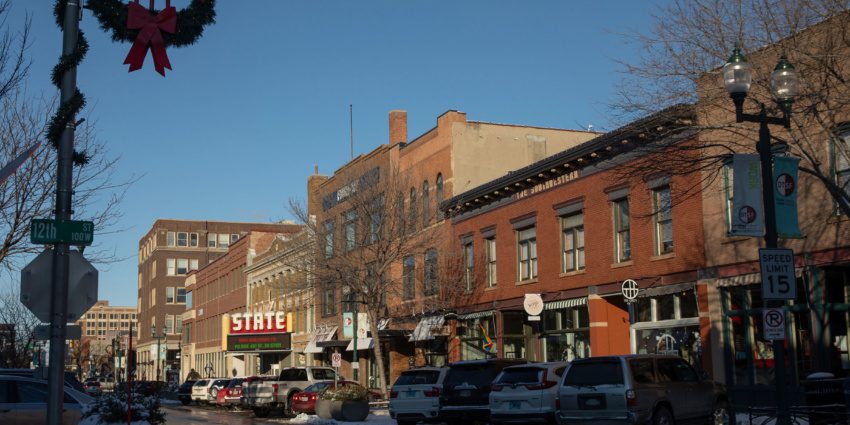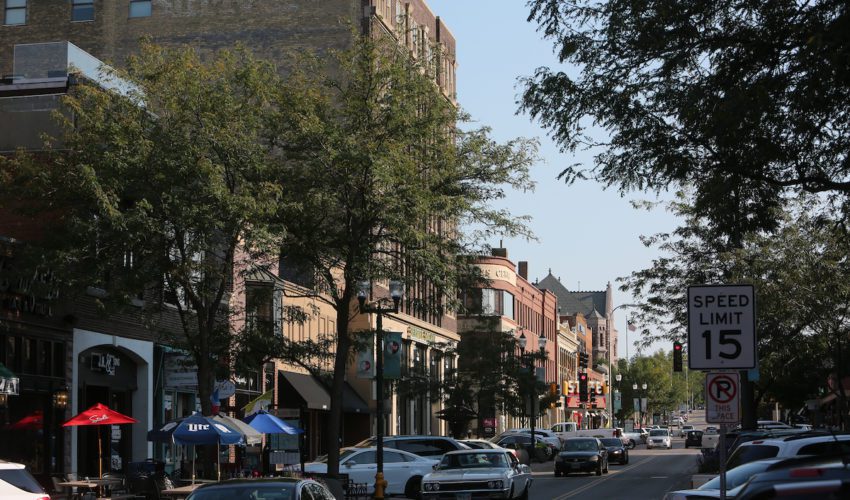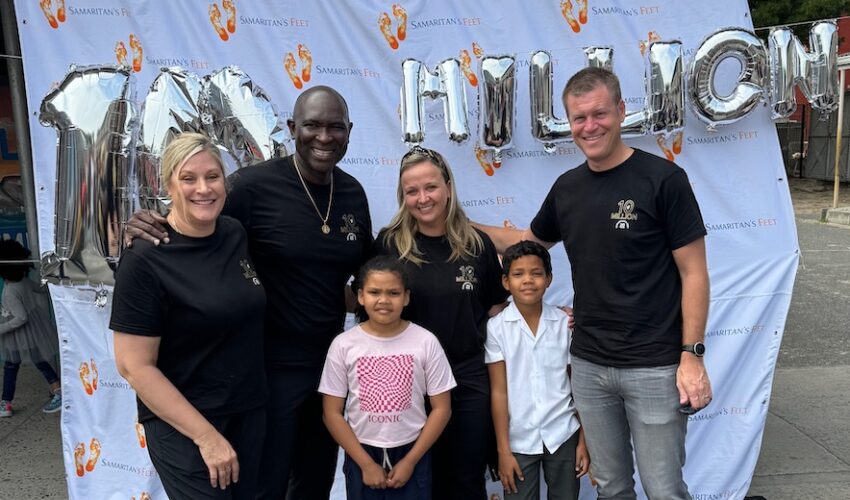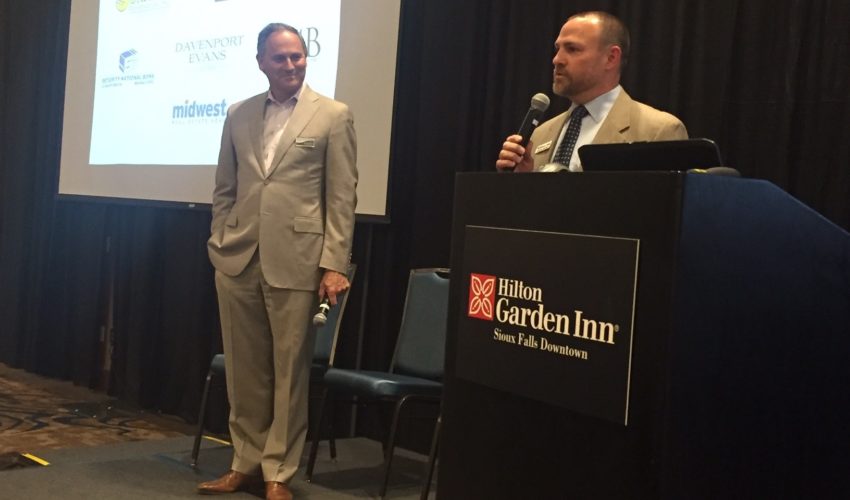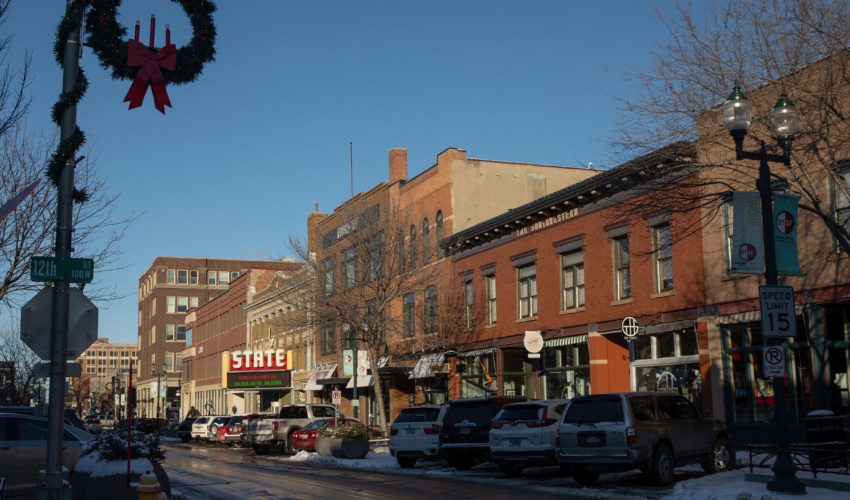Jodi’s Journal: A tale of two economies
Dec. 29, 2018
I spent the last half of the month feeling like I was living in two economies.
In the first, every time I tuned into national news, I felt like things were spiraling downward by the day. Trade talk got worrisome and markets dropped. Interest rates increased, and markets dropped some more. The government shut down, and, of course, markets dropped yet again. I struggle to look at how my investments fared.
But my biggest investment – my business – is coming off a better year than I anticipated. There’s no reason to believe next year won’t be good too. And as I talked to many others in our business community while preparing a story looking ahead to next year, the tone was upbeat across the board.
I heard about record years, strong backlogs and more work than we can find people to do.
Here it was again – the classic Sioux Falls narrative of relative isolation from outside volatility and continued steady growth. Meanwhile, I kept hearing about a bear market and inverted yield curve. It just felt disjointed. Whose reality is right?
I started asking others to weigh in, beginning with Ken Karels, the CEO of Great Western Bank, who recently concluded service on the Federal Advisory Council to the Federal Reserve Board.
“There definitely is a disconnect between the recent market decline and what the true economy is doing,” he said. “I talked to bankers throughout the U.S. The economy is strong. What you’re hearing in the stock market is no indication of the economy. It’s a correction of the strong bull market.”
The stock market is an indication of sentiment, he continued, but not a true indication of the economy or its future. And a pullback in stocks can be healthy for long-term growth.
“The economy is doing very, very well,” he said. “Wages are going up. Workforce participation has started increasing for the first time in many, many years, so there’s a lot of positive things going on.”
I then asked Chris Thorkelson, CEO of Lloyd Cos., the same question.
“I’m an optimist,” he said. “There are issues in the European and Asian markets but not necessarily the U.S. market. So where is capital going to go? You see it continuing to come into the U.S. because it’s the most stable economy. And banks have five to six times more cash in their coffers than during the 2008 recession, so I don’t think we’re on the cusp of anything dramatic.”
I wasn’t the only one having these conversations. When I checked in with Kathy Thorson, community banking president at MetaBank, she recounted similar exchanges with business clients.
“They’re talking about it, and they’re realizing it could affect things, but I don’t see it influencing their decision-making yet,” she said. “What’s influencing them more is what’s going on in Sioux Falls and in the state. But I think as we enter 2019 and they’re seeing and hearing more about it, I think it will. It becomes somewhat of a self-fulfilling prophecy.”
That’s exactly the risk, as sometimes I think our inherently conservative approach in Sioux Falls can make us subject to some of the psychological effects that can occur the more we hear about what’s occurring outside our businesses and borders. I am confident as businesses that we have learned from the Great Recession. We have made smarter decisions for the past decade. So we can’t let some lingering post-traumatic stress disorder from 10 years ago paralyze us from continuing to invest in our people and organizations today.
We had an early peek at what could happen this fall, as a bad combination of negative election season fallout and cold, wet weather caused an immediate hit to the residential real estate market.
“I don’t know that I’ve ever seen anything so nasty, negative or polarized,” Tony Ratchford, head of Keller Williams Realty Sioux Falls, told me early this month post-election. “It put water on the coals. It really did.”
While people have experienced some wage increases, they’re far from automatic, he continued. Health care costs went up for many next year. Interest rates went up some. It all contributes to many people feeling they have fewer dollars for a home payment or other purchases.
“Normally, we’d have a very good November and October, and we just didn’t get it,” Ratchford said. “The national market has been decreasing for six months, so some people are talking a shift … but I don’t think it’s a shift in the market. I think it’s a pause. You have higher prices of homes and interest rates affecting buying power. The economy is good, but I’m not saying everyone is feeling it yet.”
When it comes to our community as a whole, I don’t see any reason to believe the first half of 2019 won’t be solid. There are too many projects already started and others planning to go forward this spring. The momentum could take us into the third quarter too. But late 2019 could tell a lot.
I’m already dreading two years of gridlocked and election-season politics wearing down our collective mind-set for the future. And if things do take a downturn nationally, we need to view it as an opportunity to invest locally – to hire that talent that might become available, to make the capital investments that position us for the future and, most importantly, to continue supporting those businesses that are based in South Dakota and helping build our communities because of it.
Shortly before the end of the year, I had a conversation with Gage Brothers president and CEO Tom Kelley, who had just started operations in the company’s new headquarters. It was a significant investment for Gage, and another business leader had taken notice. His company would be doing a major project with Gage, he’d shared with Kelley, in part out of appreciation for how Gage had invested in South Dakota.
“That’s just golden,” Kelley told me.
Yes, it is. And it’s the kind of attitude that is going to see this community through whatever phase of the economic cycle we happen to be in.

